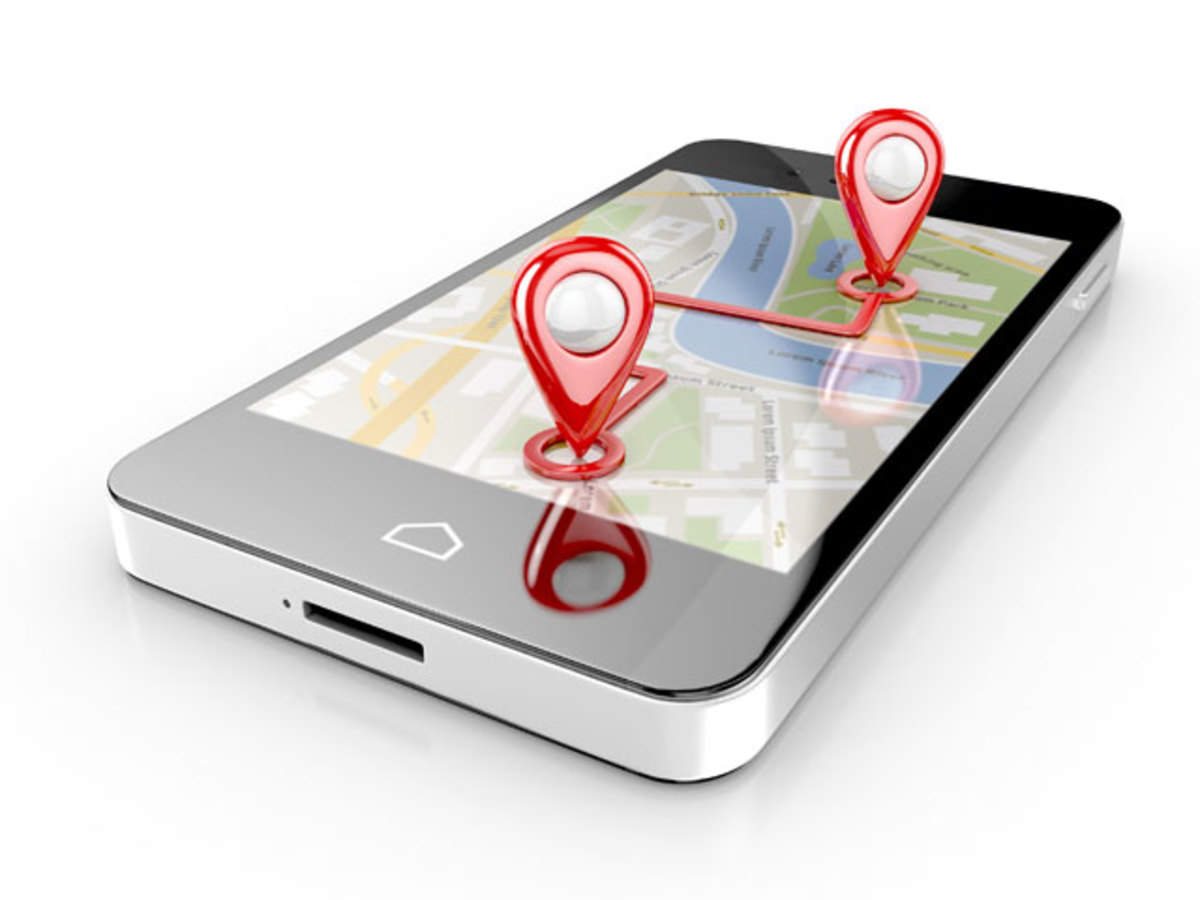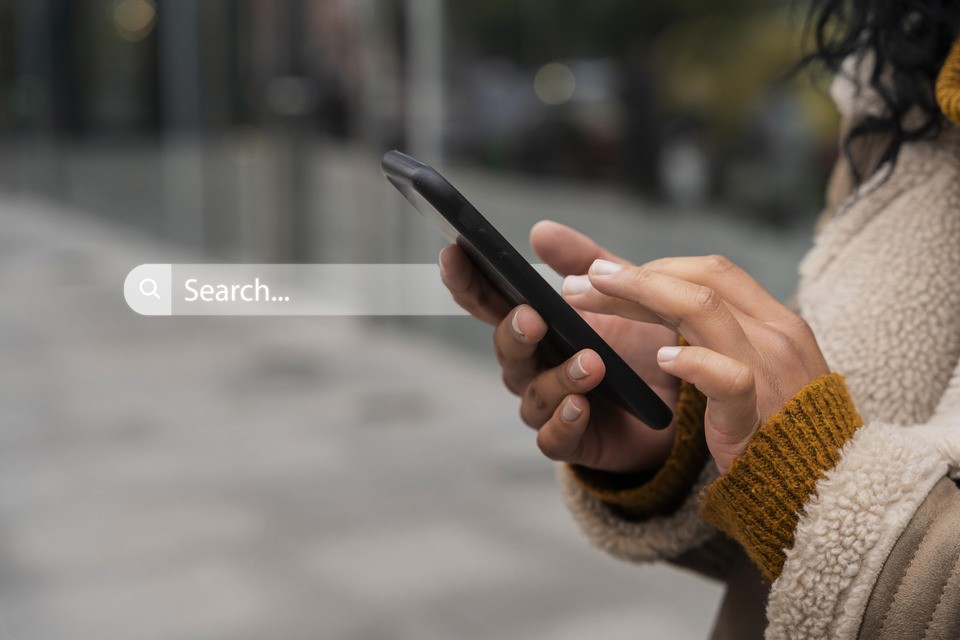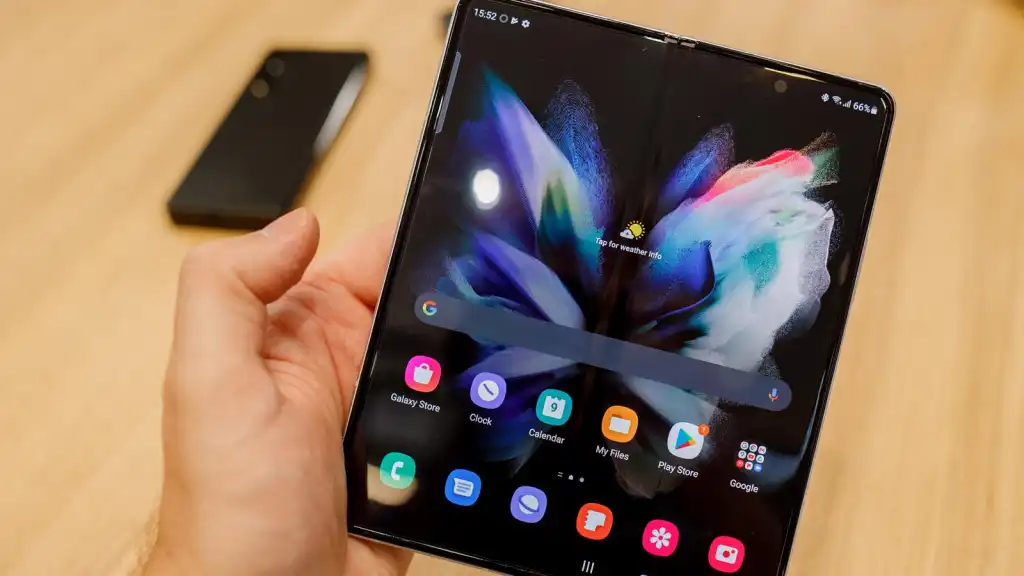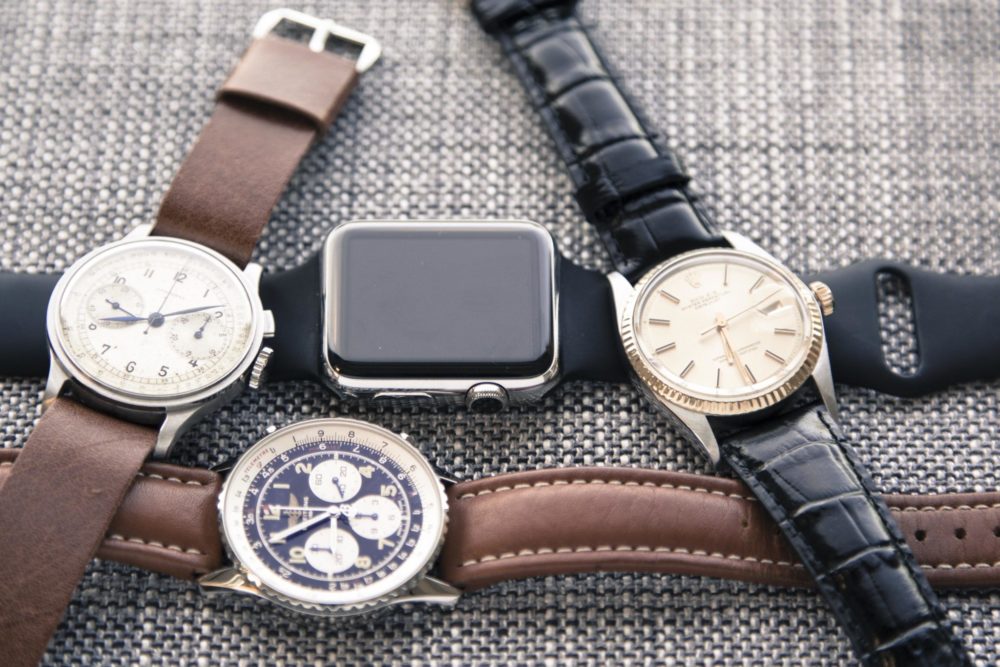The rise of smart devices has brought forth a world where location services play an integral role. From finding your way on a road trip to tagging your favorite cafe on social media, the accuracy of these services is paramount. In this post, we will delve deep into the iOS Location Services, scrutinizing the precision of your iPhone’s time, space, and place data.
Understanding iOS Location Services
iOS location services are a set of protocols and tools that help apps determine your geographic locality. This feature relies on a mix of technologies, including GPS, Wi-Fi, and cellular networks, to pinpoint your whereabouts accurately. The kind of data collected varies from geolocation (latitude and longitude) to altitude, speed, and even direction of travel.
Factors Affecting Accuracy
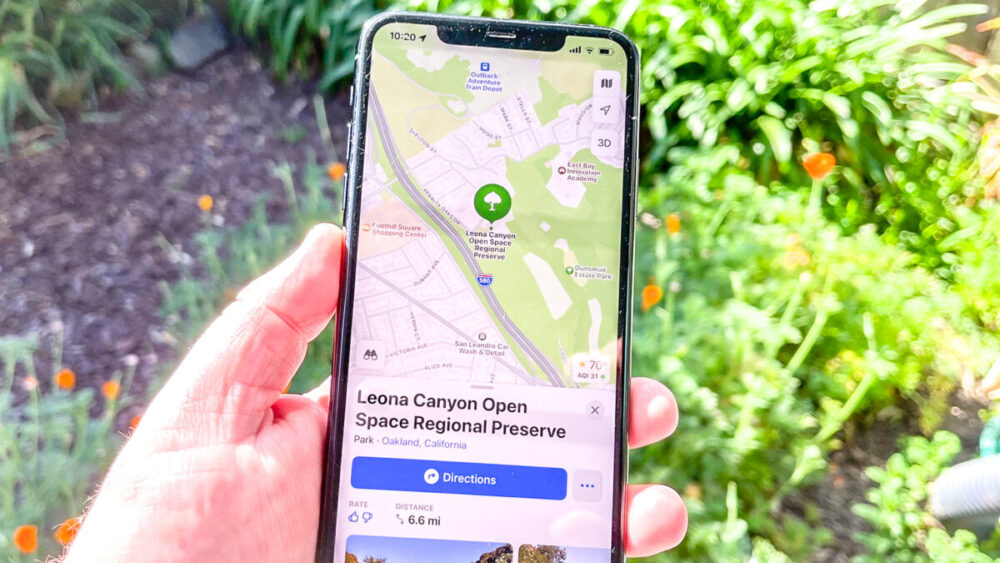
Several factors can influence the accuracy of your iPhone’s location services. Environmental conditions, like weather and the density of buildings, can affect GPS signals. Device settings, such as Airplane mode or Wi-Fi connectivity, can also impact spacial accuracy. Furthermore, user permissions and privacy settings can limit the access of apps to data, thereby affecting its precision.
Assessing Location Accuracy
To effectively gauge and evaluate the accuracy of your iPhone’s location, there are two key approaches you can employ. Firstly, you can compare and contrast whereabouts data across a variety of iOS devices, enabling you to gain valuable insights into the performance of your own device. You can conduct comprehensive location services tests in diverse scenarios, encompassing urban, rural, indoor, and outdoor environments.
This holistic assessment will not only shed light on the overall accuracy of your iPhone’s location services but also unveil discernible patterns that relate to accuracy in different settings and environments. By employing these methodologies, you can obtain a comprehensive understanding of your device’s space, time, and place accuracy, empowering you to make informed decisions and adjustments to optimize its performance.
Tips to Improve The Accuracy
Enhancing your iPhone’s location accuracy could be as simple as adjusting device settings. Ensure that your Wi-Fi is turned on, and you’re not in Airplane mode. Privacy settings should be checked to ensure your apps have the necessary permissions. You could also utilize third-party apps or services to further refine your whereabouts data. Common issues, like inaccurate GPS data, can often be rectified with a simple restart of the device. Also, tools such as AnyGo can be of help.
Real-World Applications of Accurate Locality Services
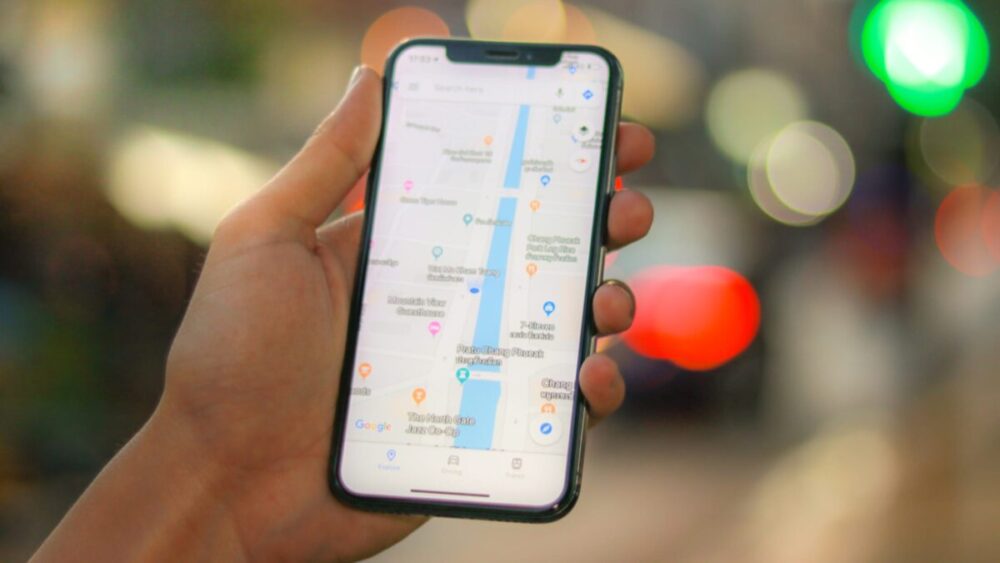
Accurate locality services play a vital role in various applications. Navigation apps like Google Maps or Apple Maps rely heavily on precision to guide users effectively. Location-based services, like ride-sharing or food delivery apps, need accurate space, time, and place data to function efficiently. Moreover, whereabouts-based marketing can target ads more effectively with precise geolocation data.
Future Developments and Conclusion
The advancements in iOS location services are continually progressing, aiming to offer even better accuracy. As technology evolves, we can expect these services to become more refined, versatile, and precise.
Conclusion
In conclusion, understanding your iPhone’s location services, the factors that affect its accuracy, and how to improve it, can significantly enhance your experience with space-time-place-dependent apps and services. Explore your device’s data, space, place and time accuracy, adjust settings as necessary, and take full advantage of the world at your fingertips!

